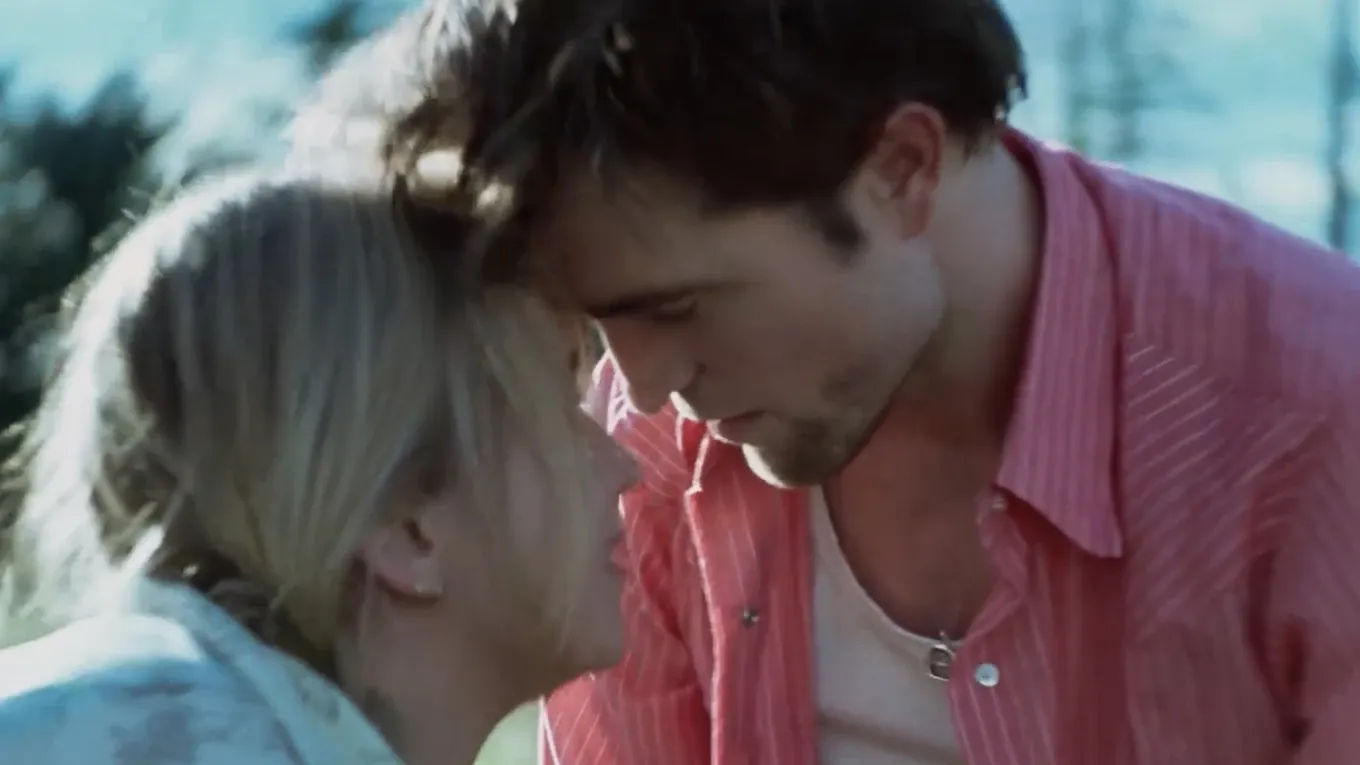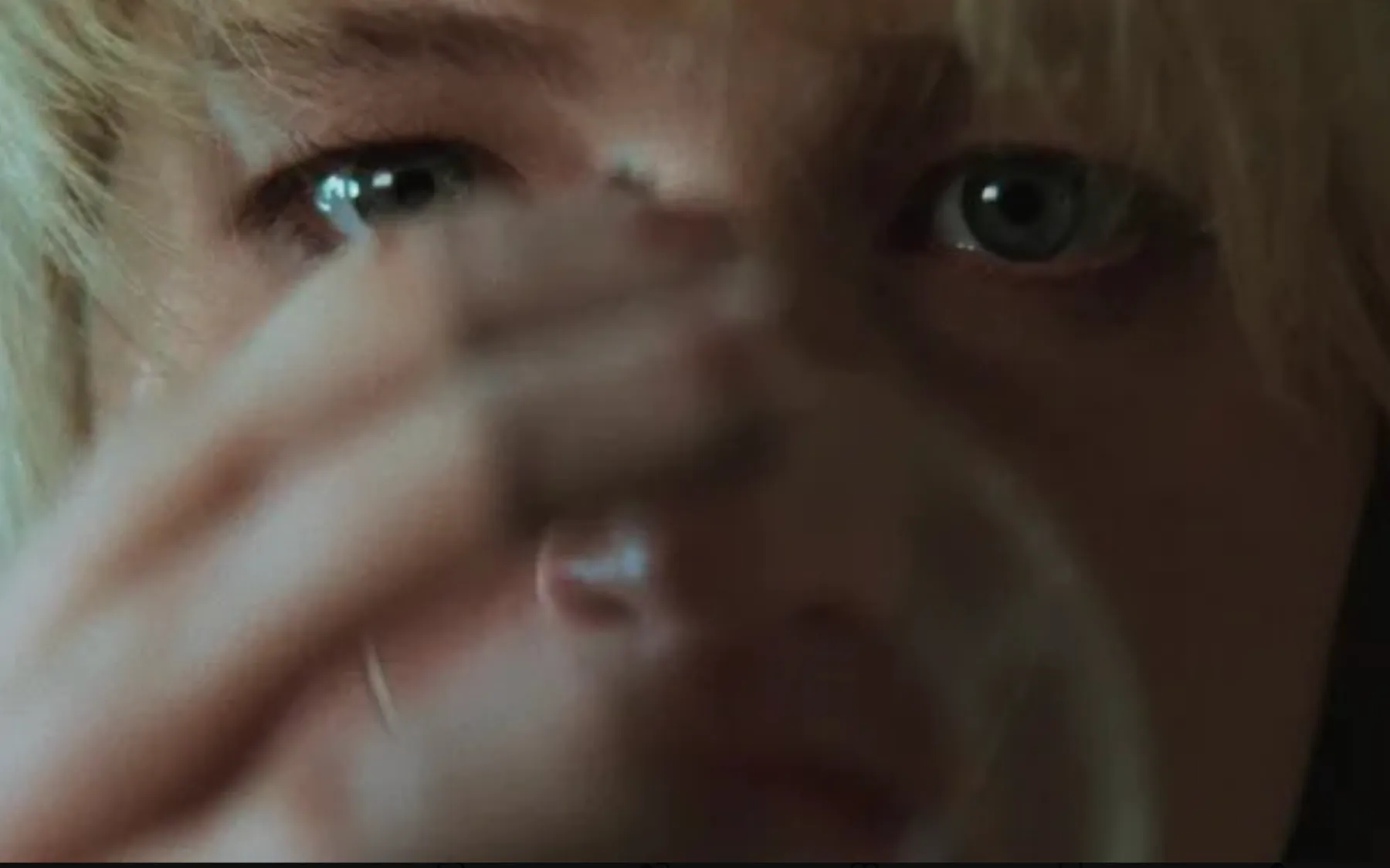Die, My Love, directed by Lynne Ramsay and adapted from Ariana Harwicz’s novel, stars Jennifer Lawrence and Robert Pattinson as Grace and Jackson. They arrive at Jackson’s late uncle’s forested estate eager to forge a new life, only to find parenthood unspools into something darker.
Ramsay’s film unfolds as a sensory odyssey, where narrative beats are driven as much by mood and visual rhythm as by plot. Early scenes ripple with domestic warmth—the couple dancing to a crackling record player, sharing quiet laughter—yet those moments are undercut by the house’s creaking halls and whispered winds that echo Grace’s unsettled mind.
Pacing shifts purposefully: long, static takes let tension thicken, then rapid, jarring cuts thrust us into Grace’s hallucinatory episodes. That push-and-pull mirrors the mechanical tension in a game like Silent Hill 2, where atmosphere and player agency collide to evoke dread. Here, it’s our empathy that guides us through Grace’s breakdown.
Emotion emerges in small gestures—Grace’s fingertips trailing bloody across a wall, Jackson’s hesitant touch on her shoulder—each one deepening our bond to their unraveling bond. Like underappreciated indie gems such as The Invitation, Ramsay’s work refuses easy answers, asking us to live within the chaos and feel each heartbeat’s tremor.
Fractured Timelines, Unmoored Minds
From their first step into Jackson’s weathered estate, Grace and Jackson’s world feels both intimate and uncanny. Early scenes unfold at a gentle clip—lingering close-ups of shared laughter over a vinyl record, the warm glow of sunset across the porch—establishing domestic harmony like the opening level of a narrative-driven game that eases you into its mechanics.
Then comes the pivot: the baby’s birth, captured in a jagged edit that fractures screen time much like a glitch in an indie title, and Grace’s first unsettling crawl outside with a carving knife. The contrast between those calm opening beats and this visceral jolt mirrors how games such as Oxenfree use pacing shifts to warp player expectations. Jackson’s well-intentioned routines—preparing bottles, coaxing Grace outdoors—play here as familiar “tutorial” prompts, attempts to restore normality amid growing chaos.
As Grace’s fantasies blur into reality, Ramsay scrambles chronology: one moment we’re in a sunlit kitchen, the next we’re inside her fever dream of a phantom biker’s roar. These non-linear cuts function like branching dialogue trees in a choice-based game, each edit sending us down a different emotional corridor. Flashbacks to their courtship surface unexpectedly—a word, a gesture—reminding us of the love that once grounded them.
The unraveling peaks in sequences of frantic self-harm and smashed porcelain, a manic “boss fight” against inner turmoil, before the hospital stay offers a brief respite. Even here, pacing remains unsettled: slow dissolves hint at a mind still reeling. And in the final frames, as Jackson reaches for Grace’s hand, the screen cuts just as hope flickers—leaving us to wonder where their story will land next.
Embodied Turmoil and Silent Support
Jennifer Lawrence’s Grace lives at the intersection of raw instinct and fragile humanity. Early on, her crawling through the forest on all fours reads like a game avatar breaking free of scripted behavior—unpredictable and visceral. Those moments of quiet desperation—fingertips trailing blood across bathroom tiles—resonate like a stealth section in a horror title, where every heartbeat counts. Lawrence layers confusion, fury, and soft vulnerability in her performance: one instant she lashes out at her husband, the next she cradles their son with a tenderness that cuts through her instability.
Robert Pattinson’s Jackson feels less like a passive NPC and more like the player character drawn into a support role he never signed up for. His attempts to anchor Grace—offering coffee at dawn, touching her shoulder with hesitancy—echo quest markers in a cooperative game mode. Yet his guilt at failing her, his growing helplessness, show an evolution from confident partner to someone stumbling through an emotional labyrinth.
Sissy Spacek’s Pam offers care from the sidelines, her words of reassurance landing like dialogue prompts that miss their mark. LaKeith Stanfield’s phantom biker emerges only in fleeting glimpses, a spectral foil to Jackson’s tangible devotion, while offscreen family voices murmur judgment and sympathy.
Chemistry between the leads shifts with the editing: a shared laugh over vinyl can dissolve into tense silence as Grace’s gaze drifts beyond Jackson’s reach. In one scene, a brush of fingers across a kitchen counter carries more weight than any grand declaration of love. Those calibrated gestures—half comfort, half accusation—amplify each emotional beat, inviting us into the space where trust fractures and hope flickers.
Sonic Shadows and Framed Fear
Ramsay’s choice of boxy 4:3 framing turns the screen into a claustrophobic stage where every detail counts. Fixed-camera tableaux—like Grace standing motionless in the center of a dim living room—feel akin to the calibrated tension of a puzzle room in a psychological horror game. Natural light filters through grimy windows, casting muted ochres and grays that echo the peeling wallpaper and mossy exteriors. Those tones anchor us in the space, reminding us that the setting itself is an active participant in Grace’s collapse.
The production design elevates each prop into a potential threat. The weathered house groans under Grace’s tentative steps; floorboards creak like distant whispers in a survival game whose soundtrack turns up when danger lurks. A simple carving knife gleams in shadowy corners, its blade reflecting slivers of daylight as though daring Grace to enact her impulses. The record player, once a conduit for intimate moments, scratches and skips in moments of crisis, its distortion cutting through lingering silences.
Sound design and score blend field recordings—forest breezes, dog barks—with unnerving low-frequency drones. When Grace wanders the grounds, ambient forest noises swell, swallowing her breaths and amplifying isolation much like the audio layering in indie titles such as Firewatch. Editor Toni Froschhammer stitches diegetic sounds into hallucinatory crescendos: a lullaby morphs into static, footsteps become heartbeats, and a door slam transitions into a mind-shattering cut.
Editing rhythm shifts between slow-burn pauses—lingering on Grace’s vacant stare—and jarring cuts that pull us into her frenzy. Transitions between past and present occur mid-breath, a dissolve that drops us from a warm memory into a sterile hospital corridor. Those abrupt shifts mirror pacing mechanics in games where time loops or flashbacks rewire player expectations.
This sensory overload—visual, aural, temporal—maps Grace’s internal fracturing onto every frame. Each creak, each flicker of light feels calibrated to unsettle, inviting us to experience her unraveling firsthand rather than observe it from a safe distance.
Mindscapes of Solitude and Strain
Grace’s isolation mirrors the empty corridors of indie titles like Pathologic, where vast spaces amplify internal decay. The couple’s forested estate feels remote and unwieldy, its creaking floors and shadowed corners reinforcing Grace’s emotional exile. As she drifts through sunlit rooms with nowhere to anchor her thoughts, the film maps her loss of self onto every frame—each corridor she wanders becomes a literal maze, echoing how narrative-driven games trap players in loops of discovery and dread.
The film’s portrait of mental health resists a single explanation. Postnatal trauma emerges alongside deeper cracks in Grace and Jackson’s bond, like layered stress mechanics in a roguelike where one failed run reveals hidden challenges. There’s no neat diagnosis; instead, Ramsay exposes how multiple factors—hormonal shifts, relational tension, stifling domesticity—compound until Grace’s sanity fractures. That ambiguity recalls cult films such as Possession, where the catalyst for horror remains tantalizingly unclear.
Love here acts as a double-edged token: passion fuels momentary highs—intimate dances in candlelight, playful wrestling amidst dust motes—yet those same impulses can ignite violence. Grace’s careless fling with a phantom biker becomes both confession and rebellion, a side quest that underscores Jackson’s impotence in addressing her pain. Their acts of care—feeding the baby, offering an embrace—often coalesce with control, as though each gesture is a triggering event hidden beneath its surface.
Moments when Grace smashes a window or splashes blood on a wall feel like releasing pent-up resources in a survival game, sudden bursts of agency against constraints she never chose. Jackson’s struggle mirrors a player torn between intervention and observation, uncertain whether to push forward or let the system recalibrate itself.
The house itself stands as both prison and refuge. Its walls close in during Grace’s worst episodes, yet that same structure shelters them in fleeting reprieves. Ramsay renders interior mindscapes tangible—hallucinatory sequences where wallpaper peels like skin—inviting us to inhabit Grace’s psyche rather than watch it. How do we find clarity when every frame is designed to disorient?
Echoes in the Ashes
The house in Die, My Love functions like a level map in an atmospheric indie game—its peeling walls and sagging porch tell stories of legacy and decay, while its narrow corridors trap Grace in loops of dread. Every creak becomes a checkpoint warning, every shadowy corner an invitation to explore her entrapment.
Knives and fire recur as symbols of brutal agency. Grace’s carving knife glints like a player’s sword before a boss fight, raw and unmediated, while the brief flare of flames hints at both destruction and purification, a reset sequence that scours the residue of her trauma.
When Grace scuttles across the grass on hands and knees, her crawling evokes bestial instincts—an unlocked character animation revealing hidden code beneath polite facades. The dog’s barking punctuates her unraveling like an echo in a horror mod, reminding us how animal impulses underscore human fragility.
Music and media thread through moments of fractured memory: a skipping record plunges Grace into déjà vu, much like a glitchy soundtrack in a cult game that stutters to signal urgent distress. Those audio hiccups blur the line between reality and hallucination.
Water and blood flow in parallel currents—cleaning hands one instant, staining walls the next—emphasizing how purification rituals can morph into violent outbursts.
Finally, the nameless baby stands as a silent avatar, its anonymity underscoring how motherhood can eclipse personal identity. In a narrative driven by Grace’s psyche, this blank slate reminds us whose journey truly commands the screen—and what lies beyond its final frame. Die, My Love premiered at the 2025 Cannes Film Festival on May 17, where it received a nine-minute standing ovation.
Full Credits
Director: Lynne Ramsay
Writers: Lynne Ramsay, Enda Walsh, Alice Birch
Producers: Martin Scorsese, Jennifer Lawrence, Justine Ciarrocchi, Andrea Calderwood, Molly Smith, Trent Luckinbill, Thad Luckinbill
Cast: Jennifer Lawrence, Robert Pattinson, LaKeith Stanfield, Sissy Spacek, Nick Nolte, Sarah Lind, Gabrielle Rose, Victor Zinck Jr., Debs Howard, Marcus Della Rosa, Luke Camilleri, Phillip Forest Lewitski
Director of Photography (Cinematographer): Seamus McGarvey
Editor: Toni Froschhammer
Composer: George Vjestica
The Review
Die, My Love
Die, My Love plunges you into Grace’s fractured mind with relentless sensory precision. Ramsay’s fractured timeline and Seamus McGarvey’s intimate framing magnify every tremor of maternal anguish, while Jennifer Lawrence delivers her most unguarded performance yet. The film’s ebb and flow between tender moments and violent outbursts immerses you fully in its tense atmosphere. Though its refusal to offer neat resolutions may frustrate, it rewards patience with a raw, unforgettable portrait of love and collapse.
PROS
- Jennifer Lawrence’s raw, visceral portrayal of Grace
- Lynne Ramsay’s immersive, sensory-driven direction
- Seamus McGarvey’s intimate 4:3 cinematography
- Sound design that blurs reality and fantasy
- Narrative structure that deepens emotional engagement
CONS
- Pacing may test viewers’ patience
- Ambiguous plot threads can feel unresolved
- Intense scenes may overwhelm sensitive audiences
- Limited development of secondary characters
- Sparse explanations demand active interpretation




















































